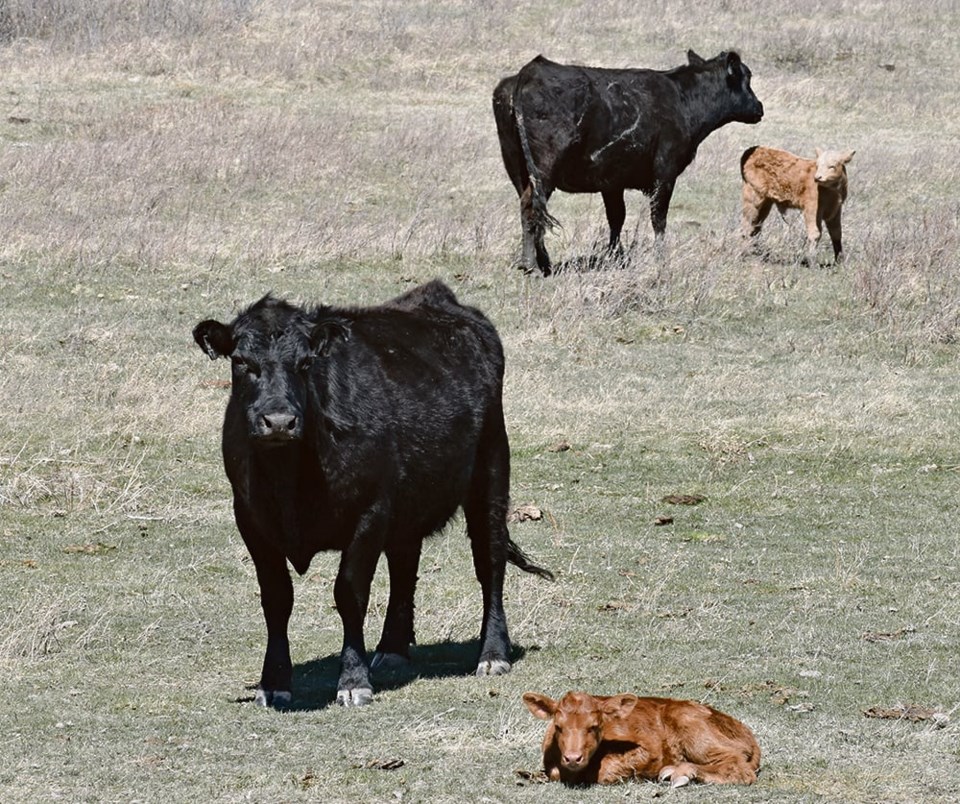REGINA — More Indigenous participation in agriculture could add $1.5 billion to Canada’s primary agriculture GDP, according to Farm Credit Canada.
A report from the lender said Indigenous people account for five percent of the country’s total population but just 2.1 percent of farmers.
The report cites Statistics Canada data showing 5,405 Indigenous farmers among the 262,045 operators identified in 2021. That is a five percent increase from the previous census but still a low number.
The report said that if representation were equitable across the population, the number of Indigenous farmers would have to rise by 7,631 or 140 percent.
The report also found lower revenues on Indigenous farms. The median operating revenue in 2020 was $25,960, compared to $73,440 for non-Indigenous farmers.
“These differences are largely due to under-representation of Indigenous farm operators in higher farm revenue brackets. Indigenous operators are highly represented in the lower threshold revenue classes, with 60 percent of Indigenous operators earning less than $50,000 annually, compared to 43 percent of non-Indigenous operators,” said the report.
FCC economist J.P. Gervais said documenting both gaps and working to close them are important.
“We know that a lot of Indigenous populations are located in communities that are in our rural areas in Canada so I don’t think it’s far-fetched to think that we can increase participation,” he said in an interview.
It’s challenging for anyone to enter farming but it’s even tougher for Indigenous people because of their unique lending attributes, he said. They lack access to capital because they don’t have security.
They also need more knowledge to expand into different types and larger scale agriculture.
Indigenous primary agriculture GDP is $351 million compared to $35.9 billion from the rest of the operators.
Increasing it by $1.5 billion by greater participation and closing the revenue gap would be a huge positive development, Gervais said.
“I think there’s an opportunity here for us at a time when we’re talking about increasing food production in Canada and then you bring in food security issues for those Indigenous
FCC has opened its first on-reserve branch in Nova Scotia and is looking at other locations to help the process. Gervais said lenders require specialized knowledge to deal with the unique needs of Indigenous farmers.
He added that building connections between non- and Indigenous worlds is also critical. Traditional harvesting has been deemed eligible for programs.
“There are a number of things that FCC and other financial institutions can do to work towards lifting those barriers and removing the hurdles,” he said.
FCC has been part of the National Circle for Indigenous Agriculture and Food, a non-profit dedicated to building knowledge, supporting development and empowering communities.
Indigenous workers are also part of the solution for the labour shortage in Canadian agriculture and worldwide food security.
“When you think about the role of Canadian ag in alleviating some food security concerns, both domestic and global, we’re (Canada) going to be called upon,” Gervais added. “The opportunity that we measure in dollars is one thing, but just thinking about advancing Indigenous agriculture would do wonders as well for food security.”
Most Indigenous operations are grains and oilseeds, vegetables, fruit and other crops, followed by beef.
The four western provinces have the highest numbers of Indigenous farmers at more than 70 percent of the total. Saskatchewan has the most with 1,165, followed by Alberta with 1,130.




